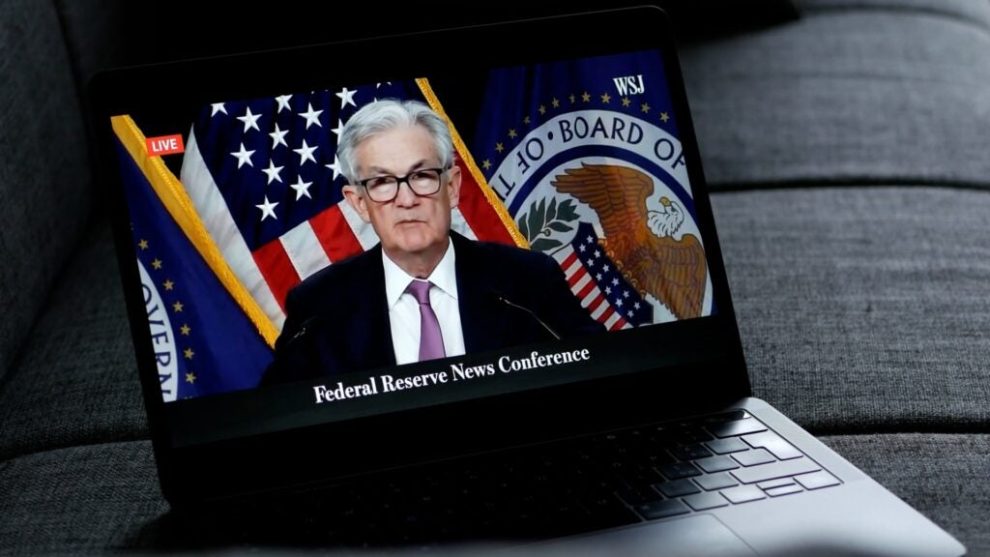Bank of America is doubling down on its call that the Federal Reserve will not cut interest rates in 2025, underscoring the central bank’s growing discomfort with a dual threat of rising inflation and unemployment revealed at this week’s policy meeting.
In a note shared Thursday, BofA economist Aditya Bhave said the key takeaway from the May Federal Open Market Committee meeting was “an upgrade to the Fed’s assessment of economic uncertainty.”
Bhave referred to two new lines in the Fed’s statement: first, that uncertainty “has increased further,” and second, “risks of higher unemployment and higher inflation have risen.”
Hawkish Tilt As Fed Acknowledges Stagflation Risks
While the Fed kept rates unchanged at 4.25%-4.50%, Chair Jerome Powell’s press conference took a cautious, hawkish tone compared to March.
Powell repeatedly emphasized the central bank’s comfort with staying on hold and made clear that the Fed would not act preemptively—unlike in 2019 when it delivered three rate cuts as inflation was running well below target.
That’s not the case today. Core inflation has exceeded the Fed’s 2% target for four straight years, giving policymakers far less room to maneuver.
Bhave said Powell’s message was clear: “Uncertainty is high, and the Fed is comfortable staying on hold until there is greater clarity.”
Higher Bar For Cuts, Markets Start To Adjust
According to Bhave, this approach means the hurdle for a June cut is now significantly higher.
Market expectations have already begun to reflect that shift.
The CME FedWatch tool shows that the probability of a June rate cut tumbled to 16% on Thursday – down from 28% before Powell’s remarks. The chances of a July move are 65%, down from 92% a week ago.
BofA’s base case assumes a steady labor market paired with renewed inflationary pressures—conditions that effectively rule out any Fed rate cuts.
“If our base case of a steady labor market and rising inflation is correct, we don’t see a path to cuts in 2025,” Bhave said.
Implications For Markets
BofA rate strategist Mark Cabana said front-end Treasury yields could move higher as investors increasingly price out near-term rate cuts. He also recommends staying underweight in longer-dated Treasuries, where issuance—particularly in the 30-year tenor—continues to exceed demand.
BofA maintains a broadly bearish stance on the U.S. dollar despite adopting a more hawkish-than-consensus view on the rate outlook. Cabana said the dollar remains “notably dislocated from short-term rate differentials,” and that this misalignment is unlikely to correct through subtle shifts in Fed language alone.
“We remain broadly dollar-bearish, and negative sentiment more broadly has increased over the past month, with many re-thinking broader allocations to U.S. assets and/or FX hedges,” the investment bank said.
The U.S. dollar index – as tracked by the Invesco DB USD Index Bullish Fund ETF UUP – has fallen 8% year-to-date, on track for its worst year since 2017.
Read now:
Photo: Shutterstock




Add Comment